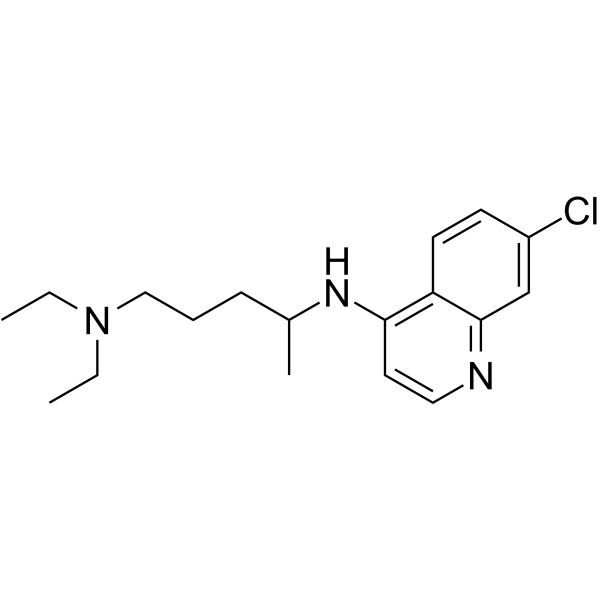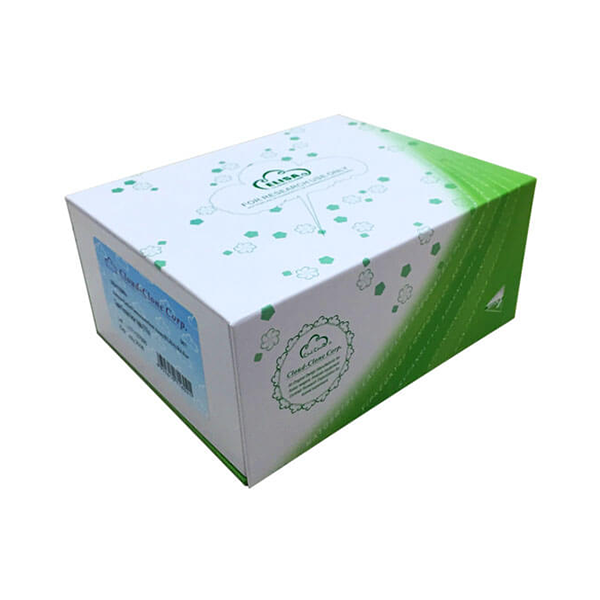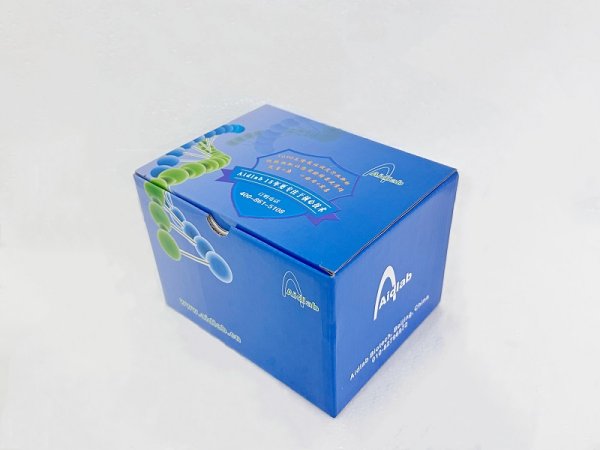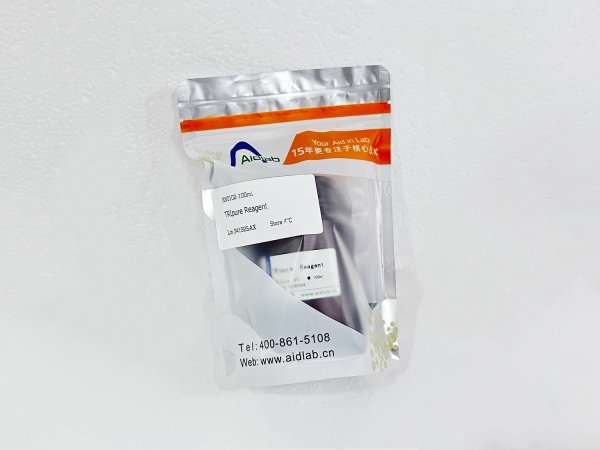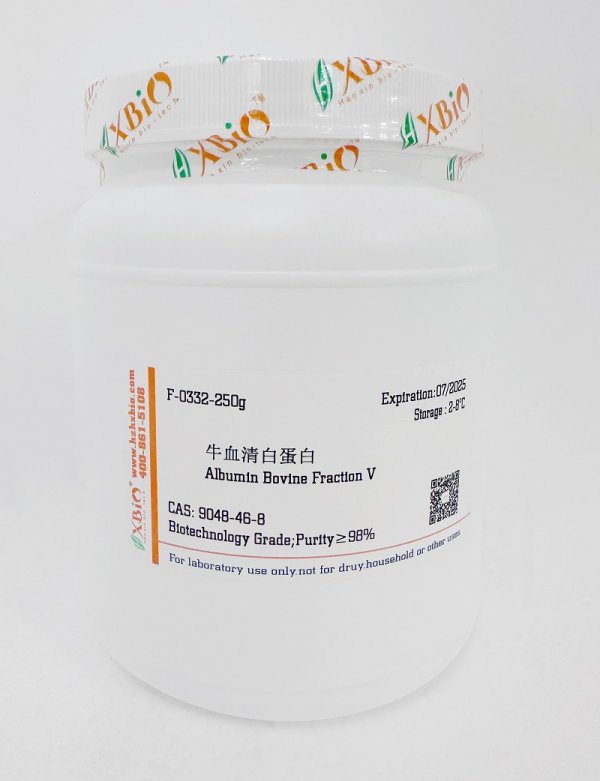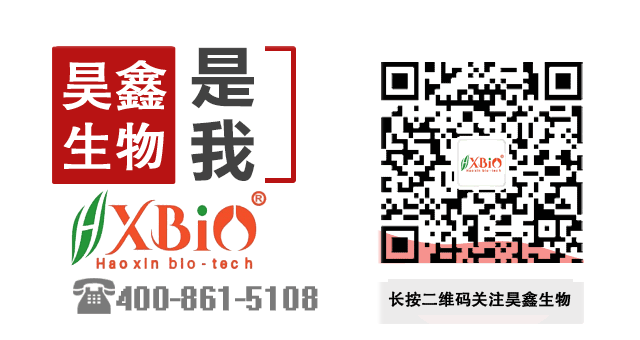
取消
清空記錄
歷史記錄
清空記錄
歷史記錄

產(chǎn)品中心
Chloroquine (氯喹)

Chloroquine (Synonyms: 氯喹)
| 生物活性 | Chloroquine is an antimalarial and anti-inflammatory agent widely used to treat malaria and rheumatoid arthritis. Chloroquine is an autophagy and toll-like receptors (TLRs) inhibitor. Chloroquine is highly effective in the control of SARS-CoV-2 (COVID-19) infection in vitro (EC50=1.13 μM)[1][2][3][4]. |
| IC50 & Target[1][2][3][5] | HIV-1 Malaria TLRs SARS-COV-2 |
體外研究 (In Vitro) | Chloroquine (CHQ, 20 μM) inhibits IL-12p70 release and reduces Th1-priming capacity of activated human monocyte-derived Langerhans-like cells (MoLC). Chloroquine (20 μM) enhances IL-1–induced IL-23 secretion in MoLC and subsequently increases IL-17A release by primed CD4+ T cells[1]. Chloroquine (25 μM) suppresses MMP-9 mRNA expression in normoxia and hypoxia in parental MDA-MB-231 cells. Chloroquine has cell-, dose- and hypoxia-dependent effects on MMP-2, MMP-9 and MMP-13 mRNA expression[2]. TLR7 and TLR9 inhibition using IRS-954 or chloroquine significantly reduces HuH7 cell proliferation in vitro[3]. MCE has not independently confirmed the accuracy of these methods. They are for reference only. |
體內(nèi)研究 | Chloroquine (80 mg/kg, i.p.) does not prevent the growth of the triple-negative MDA-MB-231 cells with high or low TLR9 expression levels in the orthotopic mouse model[2]. MCE has not independently confirmed the accuracy of these methods. They are for reference only. |
| 分子量 | 319.87 |
| Formula | C18H26ClN3 |
| CAS 號(hào) | 54-05-7 |
| 中文名稱 | 氯喹 |
| 運(yùn)輸條件 | Room temperature in continental US; may vary elsewhere. |
儲(chǔ)存方式 | 4°C, protect from light *In solvent : -80°C, 6 months; -20°C, 1 month (protect from light) |
參考文獻(xiàn) | [5]. Savarino A, et al. The anti-HIV-1 activity of chloroquine. J Clin Virol. 2001;20(3):131-135. |
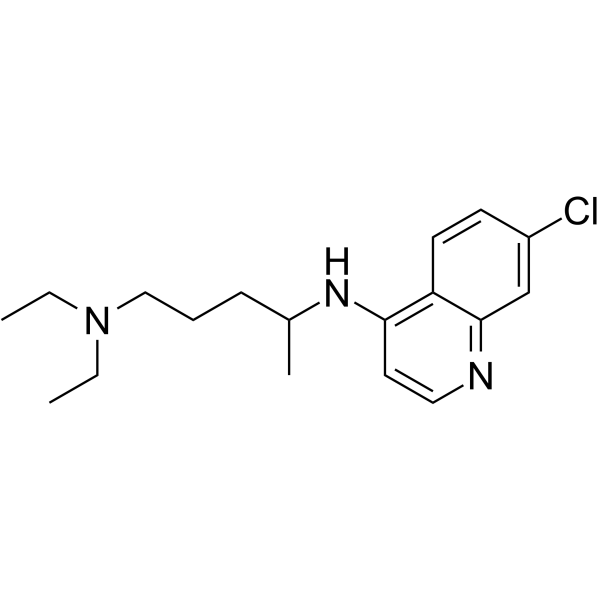
Chloroquine (氯喹)

Chloroquine (Synonyms: 氯喹)
| 生物活性 | Chloroquine is an antimalarial and anti-inflammatory agent widely used to treat malaria and rheumatoid arthritis. Chloroquine is an autophagy and toll-like receptors (TLRs) inhibitor. Chloroquine is highly effective in the control of SARS-CoV-2 (COVID-19) infection in vitro (EC50=1.13 μM)[1][2][3][4]. |
| IC50 & Target[1][2][3][5] | HIV-1 Malaria TLRs SARS-COV-2 |
體外研究 (In Vitro) | Chloroquine (CHQ, 20 μM) inhibits IL-12p70 release and reduces Th1-priming capacity of activated human monocyte-derived Langerhans-like cells (MoLC). Chloroquine (20 μM) enhances IL-1–induced IL-23 secretion in MoLC and subsequently increases IL-17A release by primed CD4+ T cells[1]. Chloroquine (25 μM) suppresses MMP-9 mRNA expression in normoxia and hypoxia in parental MDA-MB-231 cells. Chloroquine has cell-, dose- and hypoxia-dependent effects on MMP-2, MMP-9 and MMP-13 mRNA expression[2]. TLR7 and TLR9 inhibition using IRS-954 or chloroquine significantly reduces HuH7 cell proliferation in vitro[3]. MCE has not independently confirmed the accuracy of these methods. They are for reference only. |
體內(nèi)研究 | Chloroquine (80 mg/kg, i.p.) does not prevent the growth of the triple-negative MDA-MB-231 cells with high or low TLR9 expression levels in the orthotopic mouse model[2]. MCE has not independently confirmed the accuracy of these methods. They are for reference only. |
| 分子量 | 319.87 |
| Formula | C18H26ClN3 |
| CAS 號(hào) | 54-05-7 |
| 中文名稱 | 氯喹 |
| 運(yùn)輸條件 | Room temperature in continental US; may vary elsewhere. |
儲(chǔ)存方式 | 4°C, protect from light *In solvent : -80°C, 6 months; -20°C, 1 month (protect from light) |
參考文獻(xiàn) | [5]. Savarino A, et al. The anti-HIV-1 activity of chloroquine. J Clin Virol. 2001;20(3):131-135. |

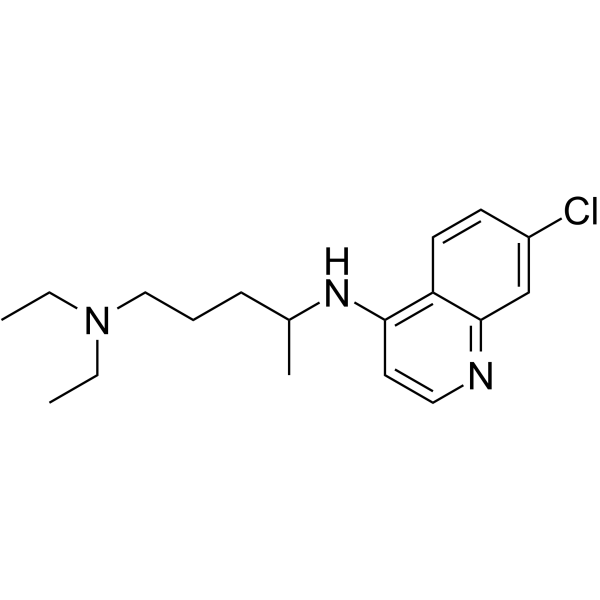
 瀏覽器自帶分享功能也很好用哦~
瀏覽器自帶分享功能也很好用哦~